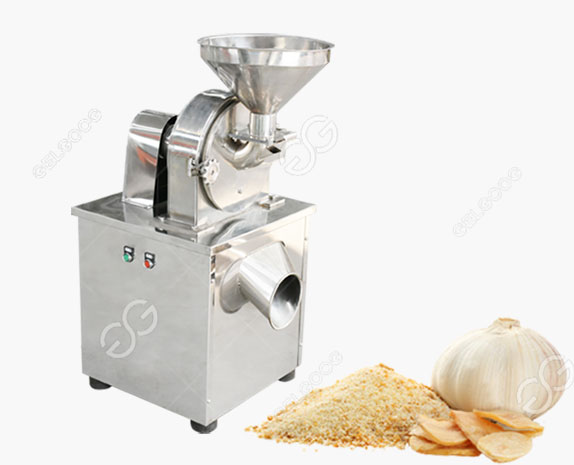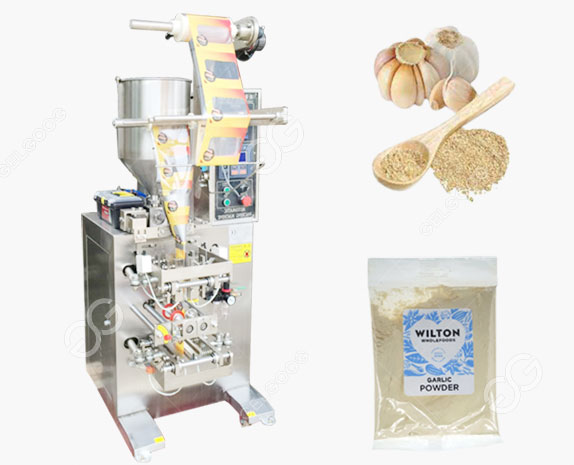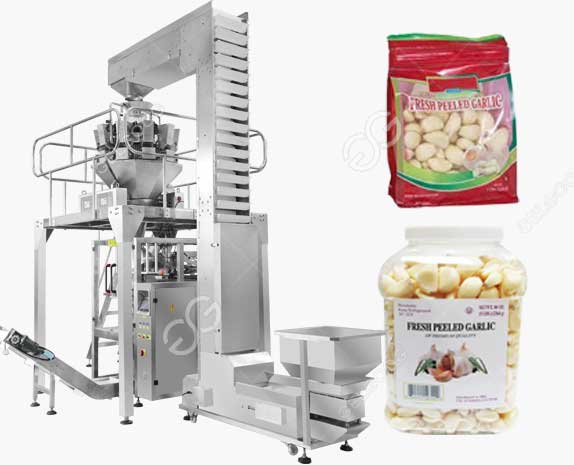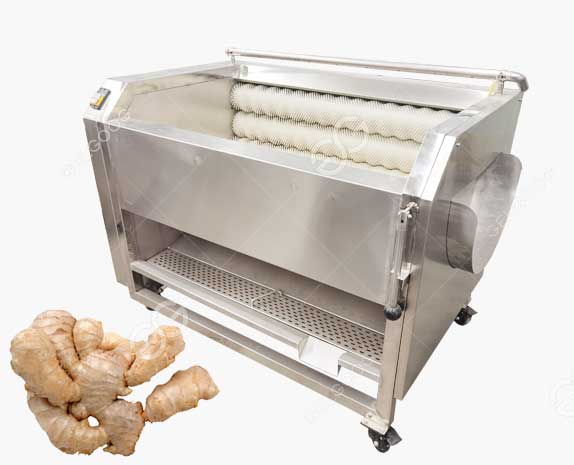Banana flour has gained immense popularity in recent years, thanks to its versatility and nutritional benefits. But have you ever wondered how this unique flour is produced in factories? Join us on a fascinating journey through the processing of banana flour, from harvest to your kitchen.
Harvesting and Selection:
The journey begins in banana plantations, where ripe but firm bananas are carefully harvested. It's crucial to select bananas at the right stage – not too green and not overly ripe. This ensures the flour's quality and flavor.
Peeling and Sorting:
After harvesting, the bananas undergo a meticulous peeling process. The peels are removed, leaving behind the pulpy interior. The bananas are then sorted to eliminate any damaged or subpar fruits. Quality control is key at this stage to guarantee a high-quality end product.
Slicing and Drying:
The peeled bananas are sliced into thin pieces, increasing their surface area for efficient drying. Most banana flour production involves dehydration through methods like air-drying or freeze-drying. This step is crucial for preserving the nutritional content and flavor of the bananas.
Milling and Grinding:
Once dried, the banana slices undergo milling or grinding processes. Industrial mills break down the dried banana pieces into a fine powder. This process maintains the nutritional integrity of the bananas while transforming them into the flour we know.
Sieving and Packaging:
To achieve a consistent texture, the banana flour undergoes sieving to remove any coarse particles. This ensures a smooth and uniform final product. The flour is then packaged in airtight containers to prevent moisture absorption and preserve its freshness.
Quality Control:
Throughout the entire processing journey, rigorous quality control measures are implemented. This includes regular testing for moisture content, particle size, and overall quality. These measures guarantee that the banana flour meets the industry standards and consumer expectations.
Storage and Distribution:
Once packaged, the banana flour is stored in a controlled environment to maintain its freshness. From there, it is distributed to various markets, making its way to kitchens worldwide.
Conclusion:
The processing of banana flour in factories is a carefully orchestrated journey that begins with the selection of the right bananas and ends with a high-quality, nutritious product. As consumers, understanding this journey enhances our appreciation for the craftsmanship and dedication involved in bringing this unique flour to our tables. So, the next time you reach for a bag of banana flour, remember the intricate process that transforms humble bananas into a versatile and healthy kitchen staple.




